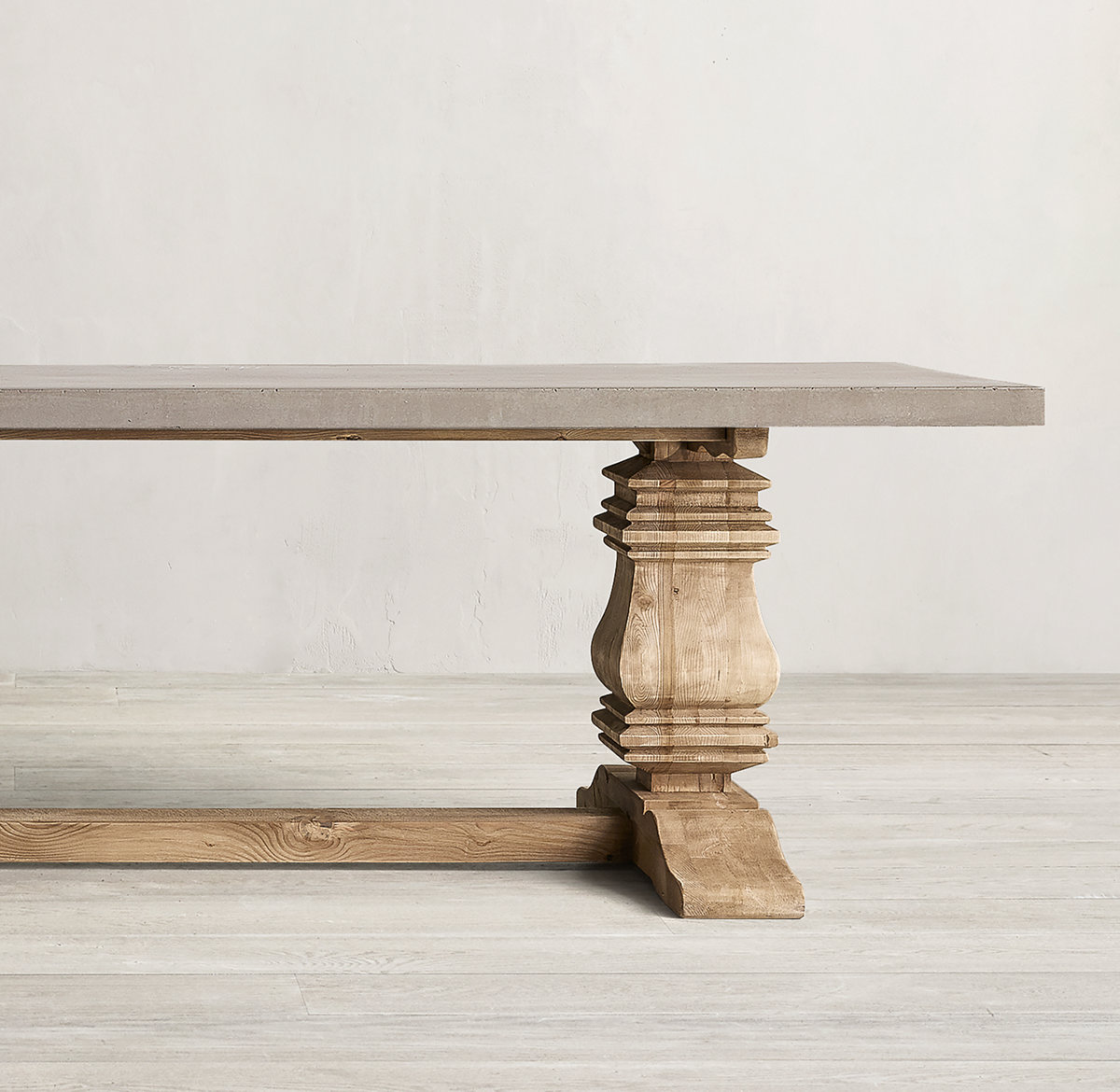I was looking at making a table with larger (10-12" square) pedestal base and was looking at two options on how to make it.
The general style:
The two methods I was thinking were
-a full on 12" square glue up, then use the tablesaw to cut the main profile roughly and hand shape
- glue a plank together and profile it on the tablesaw, then cut that into the 4 faces and mitre it up against a square center post (probably simpler, but if the angles aren't perfect it could be a mess on such a longer (20" joint line).
I am thinking the first. There is a third option of just making a square post and wrap it in various moldings... but not sure that will give the look I want.






 Reply With Quote
Reply With Quote

